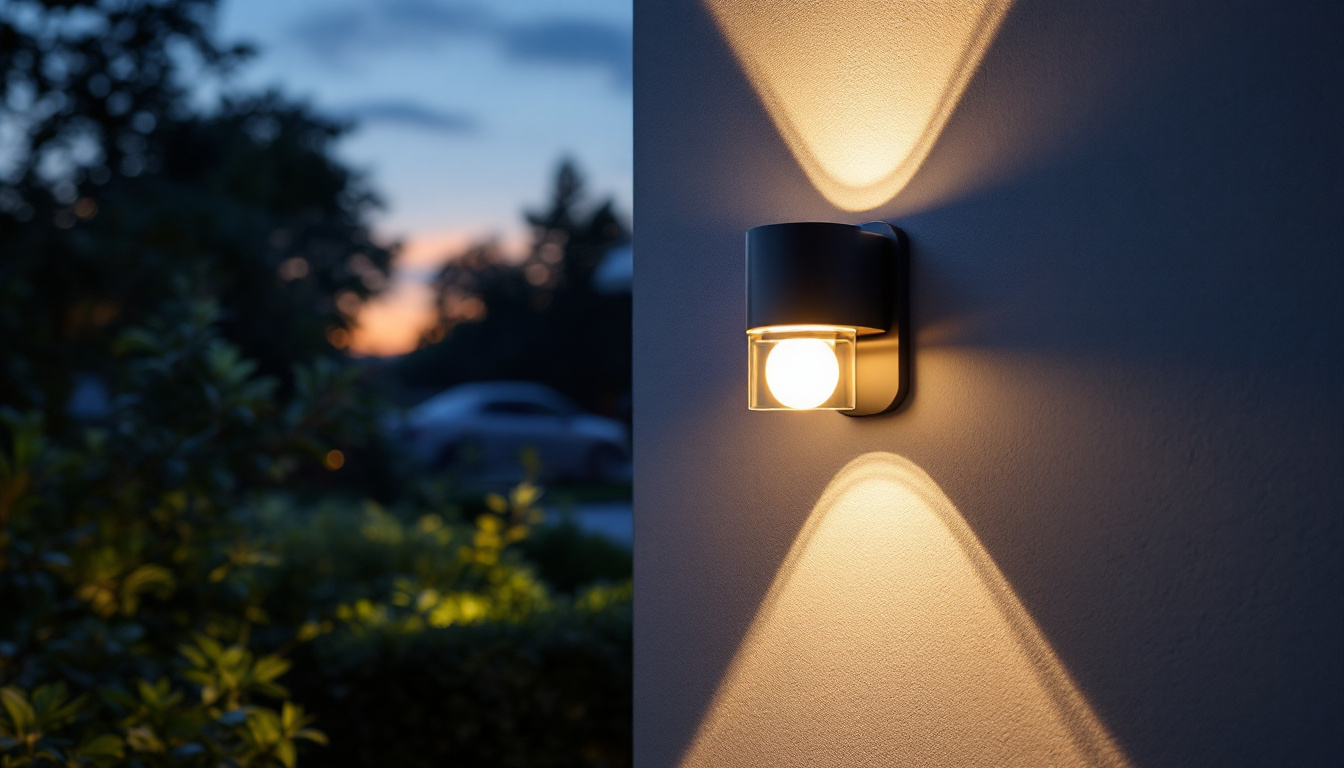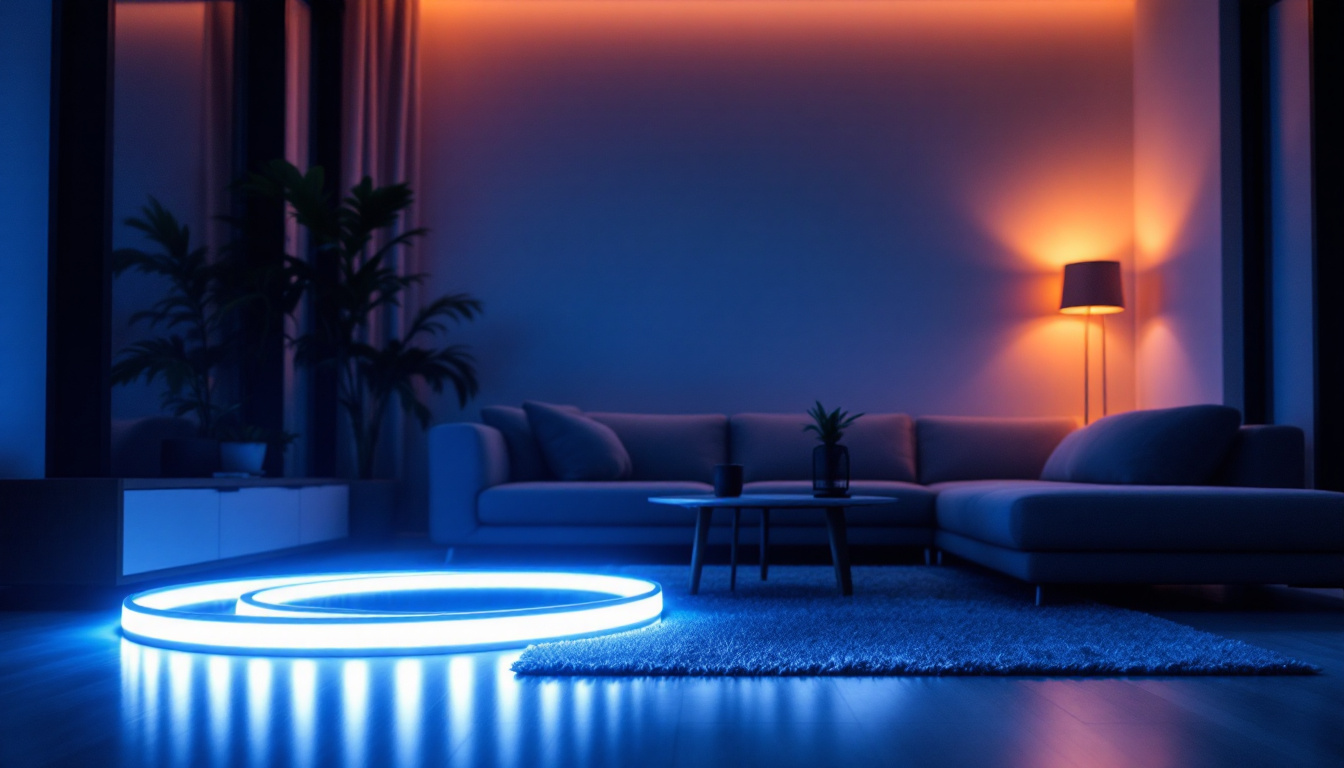

In the ever-evolving landscape of industrial lighting, LED technology has emerged as a frontrunner, offering energy efficiency, longevity, and versatility. However, as with any technology, the transition to LED lighting can come with its own set of challenges. For lighting contractors, understanding these challenges is crucial in order to avoid costly mistakes that can impact both project budgets and client satisfaction. This article aims to provide valuable insights into common pitfalls and how to navigate them effectively.
Before diving into the practical aspects of lighting projects, it’s essential to grasp the fundamentals of LED technology. LEDs, or Light Emitting Diodes, operate differently than traditional incandescent or fluorescent bulbs. Their unique design allows for greater energy efficiency and a longer lifespan, making them an attractive choice for industrial applications.
One of the primary advantages of LED bulbs is their energy efficiency. They consume significantly less power compared to conventional lighting options, which translates to lower electricity bills. Additionally, LEDs have an impressive lifespan, often lasting up to 25,000 hours or more, reducing the frequency of replacements and maintenance costs.
However, it’s important to note that not all LED products are created equal. Variations in quality can lead to discrepancies in performance and longevity. Therefore, selecting high-quality LED bulbs from reputable manufacturers is crucial to ensure that the promised benefits are realized. Furthermore, the advancements in LED technology have led to the development of smart LEDs, which can be controlled remotely and programmed for various lighting scenarios, enhancing both convenience and energy savings.
Another important aspect to consider is the color temperature of LED bulbs. Measured in Kelvin (K), color temperature affects the ambiance and functionality of a space. For industrial settings, a cooler color temperature (around 5000K) is often preferred as it mimics daylight and enhances visibility.
Moreover, the quality of light produced by LEDs can vary significantly. Factors such as color rendering index (CRI) should be taken into account, as they influence how accurately colors are perceived under artificial lighting. A higher CRI (above 80) is generally recommended for work environments where color differentiation is essential. The interplay of color temperature and CRI can dramatically affect worker productivity and safety, making it vital to choose the right lighting for specific tasks. For instance, in settings where precision is key, such as in graphic design or medical facilities, investing in high-CRI LEDs can lead to better outcomes and a more comfortable working environment.
A well-thought-out lighting design is key to maximizing the benefits of LED technology. Lighting contractors must approach this phase with careful consideration of various factors that can impact the effectiveness of the lighting solution.
Each industrial space comes with its own unique characteristics, such as ceiling height, layout, and the nature of the work being performed. Conducting a thorough assessment of the space is vital in determining the appropriate lighting solutions.
For instance, high ceilings may require different mounting heights and types of fixtures compared to lower ceilings. Additionally, the layout of machinery and workstations should inform the placement of lighting fixtures to ensure adequate illumination where it is needed most. Factors like the color of the walls and floors should also be considered, as lighter surfaces can reflect more light, potentially reducing the number of fixtures needed. Furthermore, understanding the specific tasks being performed in each area can help tailor the lighting to enhance productivity and safety, ensuring that workers can perform their duties without straining their eyes.
Understanding the required lumens for a specific area is crucial for achieving optimal lighting levels. Lumens measure the total amount of visible light emitted by a source, and different tasks require different lumen levels for optimal performance.
For example, a warehouse may require around 50-100 lumens per square foot, while a manufacturing area may need upwards of 100-200 lumens per square foot. Accurately calculating the required lumens will help in selecting the right number and type of fixtures, ultimately avoiding under or over-lighting the space. It’s also important to consider the type of LED fixtures being used, as their efficiency can vary significantly. Some LEDs provide higher lumen output with lower energy consumption, which not only contributes to a more sustainable operation but also reduces long-term costs. Additionally, incorporating dimmable options or smart lighting controls can further enhance flexibility, allowing for adjustments based on changing tasks or occupancy levels, thereby optimizing energy use and enhancing the overall work environment.
The selection of lighting fixtures is a critical component of any lighting project. With a wide variety of LED fixtures available, making the right choice can greatly influence the overall success of the installation.
Different types of LED fixtures serve various applications. For instance, high bay fixtures are ideal for warehouses with high ceilings, while floodlights may be more suitable for outdoor areas. Understanding the specific needs of the environment is essential in selecting the appropriate fixture type.
Moreover, consider the mounting options available for each fixture. Some may be designed for surface mounting, while others may require suspension or recessed installation. The chosen mounting method should align with the overall design and functionality of the space.
In many cases, industrial facilities may already have existing lighting systems in place. It’s important to assess the compatibility of new LED fixtures with these systems. This includes ensuring that the electrical infrastructure can support the new fixtures and that any necessary modifications are accounted for in the project plan.
Additionally, consider the use of smart lighting controls and dimming options. These features can enhance energy savings and improve the overall user experience, but they must be compatible with the selected fixtures.
Even with a solid understanding of LED technology and careful planning, mistakes can still occur during lighting projects. Being aware of common pitfalls can help contractors avoid costly errors.
One of the most frequent mistakes is underestimating the installation costs associated with LED lighting. While LED bulbs may have a higher upfront cost compared to traditional options, the installation process can also require additional labor and expertise.
Contractors should account for the time and resources needed for proper installation, including any necessary electrical upgrades or modifications. Failing to do so can lead to budget overruns and project delays.
Maintenance is another critical factor that can be overlooked during the planning phase. While LED bulbs have a longer lifespan, they are not maintenance-free. Regular inspections and cleaning of fixtures are necessary to ensure optimal performance and longevity.
Contractors should develop a maintenance plan that outlines the frequency of inspections and the steps needed to keep the lighting system in top condition. This proactive approach can prevent issues from arising and extend the lifespan of the fixtures.
One of the primary motivations for switching to LED lighting is the potential for energy savings. However, maximizing energy efficiency requires a holistic approach that goes beyond simply replacing bulbs.
Incorporating smart lighting controls can significantly enhance energy efficiency. These systems allow for automated adjustments based on occupancy and daylight levels, ensuring that lights are only on when needed.
For instance, motion sensors can turn lights off in unoccupied areas, while daylight sensors can dim or brighten lights based on the amount of natural light available. By integrating these technologies, contractors can help clients achieve substantial energy savings over time.
Before implementing a new lighting system, conducting an energy audit can provide valuable insights into current energy usage and potential savings. This assessment can help identify areas where energy is being wasted and inform the design of a more efficient lighting solution.
Energy audits can also provide data that supports the selection of specific fixtures and controls, ensuring that the final design aligns with the client’s energy-saving goals.
As lighting contractors, it is essential to educate clients about the benefits of LED technology and the importance of making informed decisions. Many clients may be hesitant to transition from traditional lighting due to misconceptions or a lack of understanding.
One of the most compelling arguments for LED lighting is the long-term cost savings associated with reduced energy consumption and maintenance. By clearly communicating these benefits, contractors can help clients see the value in investing in high-quality LED solutions.
Providing case studies or examples of successful LED installations can also reinforce the advantages. Demonstrating real-world applications and outcomes can help clients feel more confident in their decision to switch to LED lighting.
It is not uncommon for clients to have concerns about the initial costs or the quality of light produced by LEDs. Addressing these misconceptions head-on can help build trust and foster a more collaborative relationship.
Providing clear information about the advancements in LED technology, including improvements in color rendering and fixture design, can alleviate concerns and encourage clients to embrace the transition.
In conclusion, the transition to industrial LED lighting offers numerous advantages, but it is not without its challenges. By understanding the technology, planning effectively, and avoiding common pitfalls, lighting contractors can ensure successful projects that meet client expectations and budgetary constraints.
Ultimately, the key to a successful lighting project lies in a comprehensive approach that considers every aspect of the design, installation, and maintenance process. By prioritizing quality, efficiency, and client education, contractors can navigate the complexities of LED lighting and deliver exceptional results.
Ready to elevate your lighting projects with the highest quality LED solutions? At LumenWholesale, we’re committed to providing you with spec-grade lighting products that combine durability, efficiency, and cost-effectiveness. Say goodbye to inflated markups and hello to exceptional value. Our extensive selection is designed to meet your project’s specific needs, ensuring you deliver outstanding results every time. Plus, with free shipping on bulk orders, you can stock up on premium lighting without worrying about extra costs. Don’t compromise on quality or price. Discover the best value in wholesale lighting today and make LumenWholesale your go-to for all your lighting needs.

Discover essential insights for lighting contractors in our comprehensive guide on outdoor wall lights.

Discover the ins and outs of solar-powered outdoor lighting with insights tailored for lighting contractors.

Explore how LED light strips are revolutionizing modern lighting solutions with their energy efficiency, versatility, and aesthetic appeal.

Discover the fascinating origins of LED technology and explore a comprehensive checklist tailored for lighting contractors.
Get notified when NEW deals are released.
Optimize your budget with wholesale discounts.
Only top-quality, specification-grade lighting products.
No additional costs at checkout - what you see is what you pay.
We understand the unique needs of contractors.